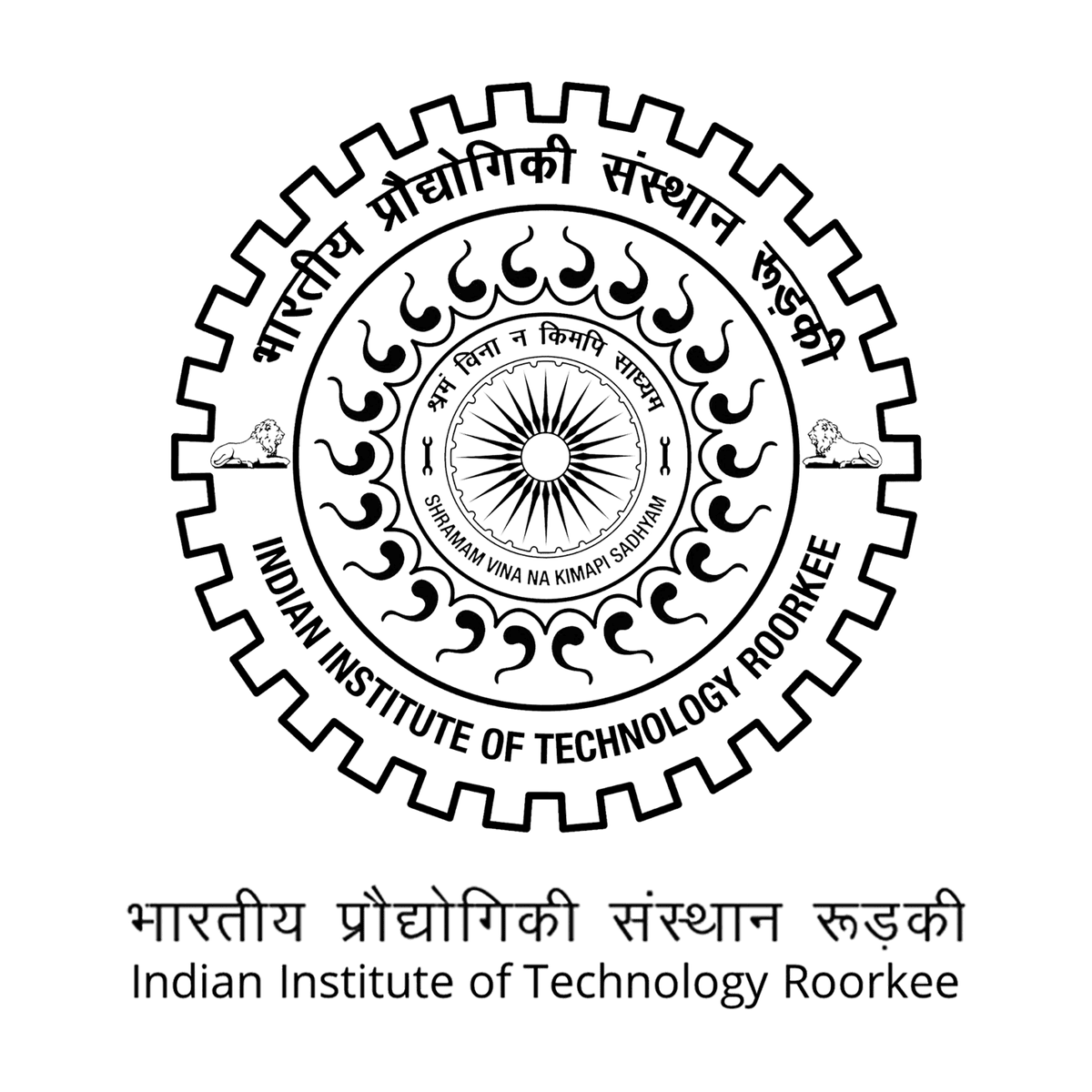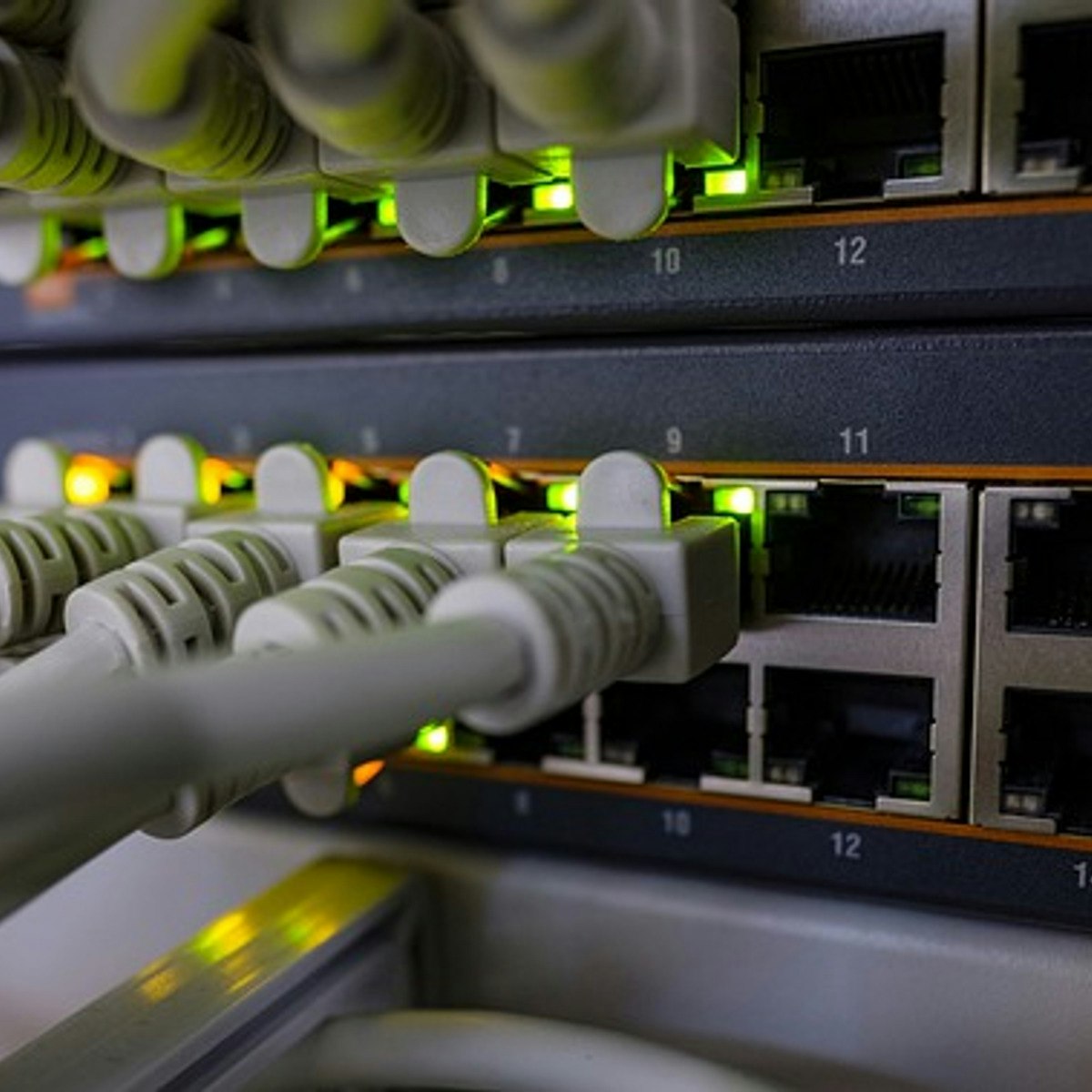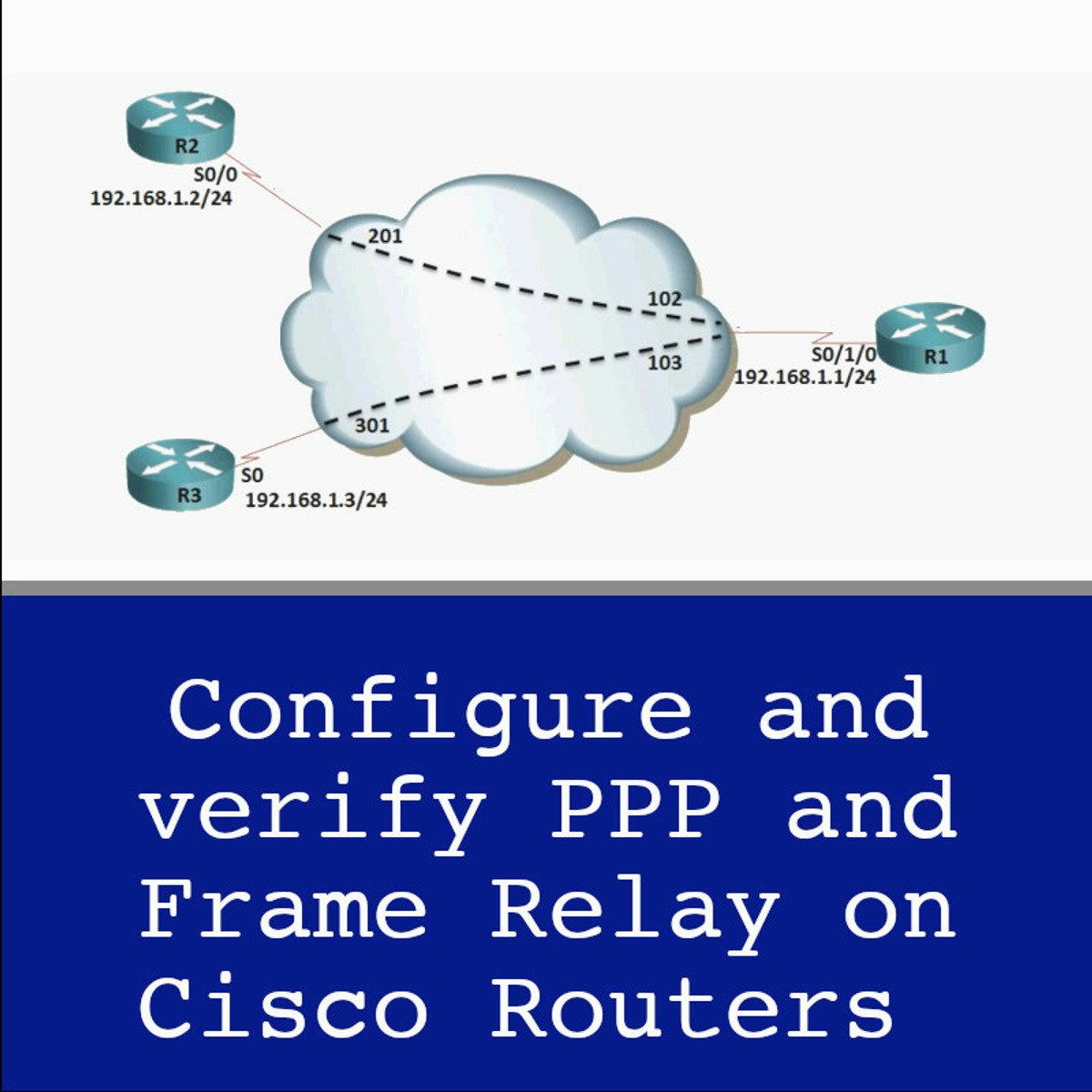Back to Courses









Networking Courses - Page 10
Showing results 91-100 of 135

Juniper Networks Automation Using Python and PyEZ
This course will introduce you to fundamental concepts of a programming language called Python. After introducing you to Python concepts, the course describes how to apply those concepts to network automation using Junos PyEZ, a free Python library from Juniper Networks. This course demonstrates using Python and Junos PyEZ to automate the management of Junos OS devices.

Securing Multi-Cloud Applications using BeyondCorp Enterprise (BCE)
This is a self-paced lab that takes place in the Google Cloud console. In this lab, you will learn how to secure multi-cloud applications using Identity-Aware Proxy (IAP) connector.

Foundations of Advanced Wireless Communication
This course focuses on advanced, yet essential concepts, techniques, and algorithms needed for understanding and designing modern wireless communication systems. You will begin this course by exploring the basics of wireless channels, followed by the need for multi-antenna systems. You will further learn about the two seminal multi-antenna technologies: MIMO and massive MIMO. The first is the basis for 4G systems, and the second is the same for 5G systems. You will also learn the multiple access techniques like orthogonal frequency division multiplexing (OFDM) and non-orthogonal multiple access (NOMA) and the basics of mmWave communications .

Configure Dynamic Routing with RIP in Packet Tracer
In this 1-hour long project-based course, you will learn how to Design, Create and Configure Network topology using Packet Tracer. You will learn to configure Dynamic Routing using the Routing Information Protocol (RIP v1). You will get an Introduction to Packet Tracer and different components available in Packet Tracer. You will learn to configure your devices both using the Command line and GUI. You will also learn to trace the packets over different networks and you will learn to stimulate your network topology in the simulation mode.
Basics of Networking is recommended.
Note: This course works best for learners who are based in the North America region. We’re currently working on providing the same experience in other regions.

Manage Docker Networking
If you use Docker to develop and deploy apps, then learning about Docker's built-in networking capabilities could be valuable to you. It is possible to simulate a networked environment using Docker. You would not have to purchase and set up expensive hardware, and that would save you time and money.
In this project, you will pretend to be the employee of a fictional company named Acme. You will learn about creating a Docker network, running containers so that they join a particular network, inspecting network objects, testing connectivity, and managing networked containers. There are also two optional hands-on practice activities to help you learn these new skills with confidence.

Configure and verify PPP and Frame Relay on Cisco Routers
Welcome to the CCNA 1.10: Configure and Verify PPP and Frame Relay on Cisco Routers, In this guided project, you will configure and verify WAN connections on Cisco routers, you will setup PPP connection and authentication, configure and verify frame-relay, and setup frame-relay sub-interfaces.

Custom Providers with Terraform
This is a self-paced lab that takes place in the Google Cloud console. In Terraform, a Provider is the logical abstraction of an upstream API. This lab will show you how to build a custom provider for Terraform.

HTTPS Content-Based Load Balancer with Terraform
This is a self-paced lab that takes place in the Google Cloud console. This lab shows you how to create a HTTPS load balancer to forward traffic to a custom URL map, which then sends traffic to the region closest to you with static assets being served from a Cloud Storage bucket.

Dynamic VPN Gateways - Cloud Routers
This is a self-paced lab that takes place in the Google Cloud console. In this lab you connect two networks using Cloud Routers. Cloud Routers build on top of VPN by enabling BGP Routing that dynamically discovers changes in network topology and passes updates to peers.

Log Analytics on Google Cloud
This is a self-paced lab that takes place in the Google Cloud console. In this lab, you will learn how to use Cloud Logging to analyze your logs.
Popular Internships and Jobs by Categories
Find Jobs & Internships
Browse
© 2024 BoostGrad | All rights reserved